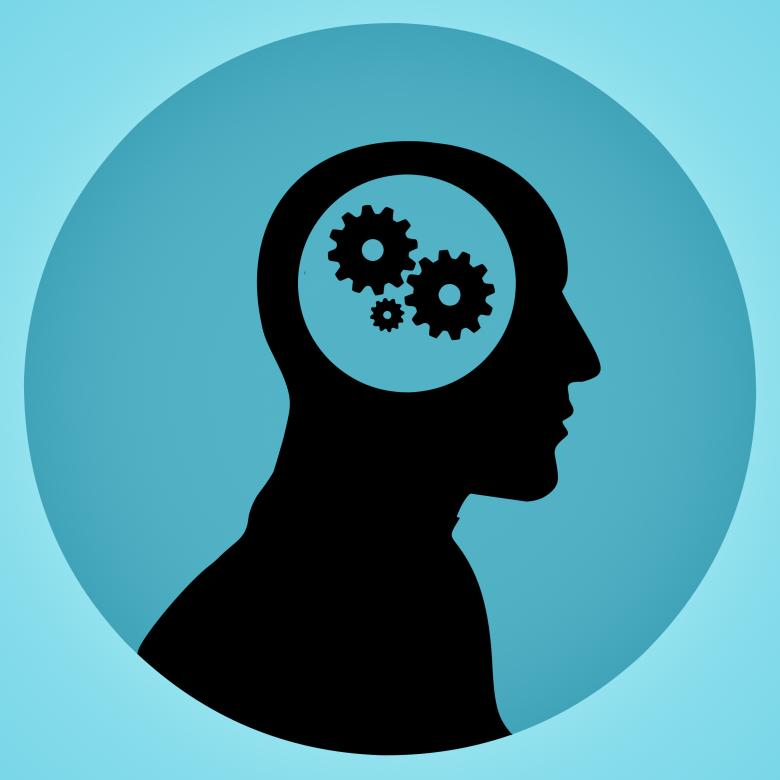Coding is for Everyone
Every year there is a greater emphasis on engaging our students in learning and experiencing coding. You may be thinking what exactly is coding? Coding is a language written to tell the computer what to do. As one becomes more comfortable with the coding process they develop the skills and dynamics of creating video games, computer apps, and software. The students who sit in your classroom today will need to know and understand the language and process in order to be successful for their future success. So now what?
You can start by participating in a week that is devoted to Hour of Code, December 3-9. It is normally more comfortable for teachers to work with content they are familiar with so they can assist students as they are learning. It's like the idea of always trying to be 1 step ahead of the game. However, with coding, it does not need to be that way. You could learn the material prior to teaching if that works best for you. OR, use this as an opportunity to learn alongside your students and model that even teachers are continually learning. You will see that the most "educated" person in the room may not always have the answers. This would be a great experience for the classroom. Coding enhances those soft skills of problem-solving, critical thinking and perseverance we want our students to also gain. If the code did work the first time, you look for the error and try again. It is also nice to know that websites have been created that walks the student step by step through the process of creating the code. Here are some examples of a few different coding languages.
Block Coding:
- Code.org https://code.org/learn for all ages
- Google CS First https://csfirst.withgoogle.com/en/home ages 9-14
- Tynker https://www.tynker.com/?t=reset Ages 7+
HTML
- Tynker https://www.tynker.com/?t=reset Ages 7+
- Kahn Academy https://www.khanacademy.org Basics
- Code Academy https://www.codecademy.com/ Ages 8+
JavaScript
- Tynker https://www.tynker.com/?t=reset Ages 7+
- Code Academy https://www.codecademy.com/ Ages 8+
Here are a couple of helpful tips for you as you begin this coding journey:
- Have them work with partners so they can collaboratively explore the language catch the coding errors and problem solve to their code to successfully work. Then transition them into individual opportunities.
- Begin the process with a discussion of coding and use "unplugged" activities to start understanding the step by step process. Both Code.org and www.projectpixelpress.com has some already created activities for you to use offline to get you started.
- Students in your class will have different abilities and levels for coding. Find out which students are familiar with coding and they can assist their peers when they have questions.
Go out and have some fun with coding!



Comments
Post a Comment